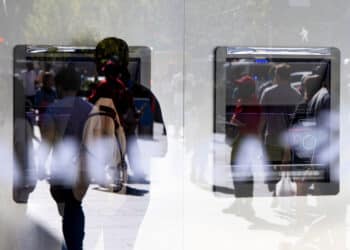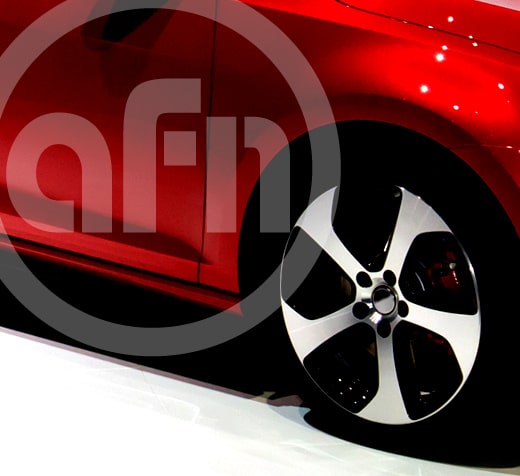Assessing the Impact from Hurricane Sandy
On Halloween, my wife and I took our three kids to see her family. In and of itself, it’s normally an event that isn’t even worth mentioning. It’s a half-hour drive from our house to theirs, a drive we’ve made countless times in the past. Our kids have seen their grandparents on most Halloweens. But this time was a little different.
As we drove down the street to their house, looking for a parking spot, I noticed that some of the cars on the street were parked cockeyed, with one or two of their wheels on the curb. My in-laws live on Staten Island, N.Y., which, along with New York’s Rockaways neighborhoods and the Jersey Shore, were among the hardest hit by Hurricane Sandy. The cars weren’t parked cockeyed, I learned, after talking with my brother-in-law. It’s where they ended up after the water picked them up and moved them.
The block on which my in-laws live is very close to the water. Hurricane Sandy’s storm surge came raging down their block on Oct. 29. It filled their basement with water, took my brother-in-law’s car, and floated it down the street, and did billions of dollars of other damage across the region. The scope of the damage is beyond anything I’ve seen here since Sept. 11.
The damage wreaked by Sandy on the region will take months to tally. People are being told that it will be up to a year before they are allowed back in their homes. Cars are being written off because of water damage left, right, and center. Many of those car owners will receive checks from their insurance companies, but they won’t cover the cost of buying a new vehicle. Many of them are going to be heading to used-car lots to buy replacement vehicles. There’s only one problem: Many of those lots are filled with cars that were severely damaged during Sandy, too.
People are still trying to figure out the impact on the automotive and auto finance industries. “Hurricane Sandy slammed auto industry,” said one headline. Said another, “Hurricane Sandy May Give Boost to Auto Industry.”
The industry got slammed because many carmakers had new vehicles stored at the Ports of New York and New Jersey that were ruined by the storm. By one account, as many as 16,000 new cars were totaled. The boost will come from consumers who now need to buy new vehicles to replace damaged ones. There is some question about where those vehicles will come from. There is little question that many of those purchases will need to be financed.















